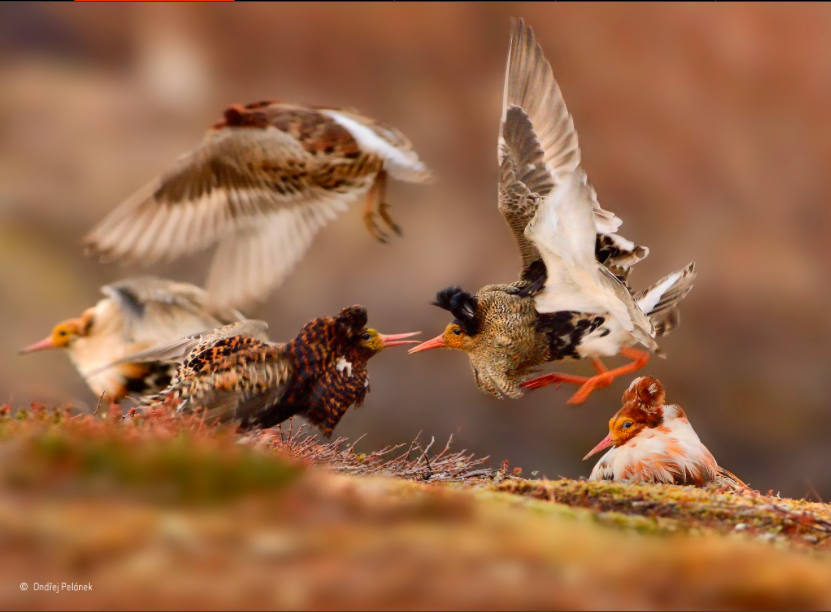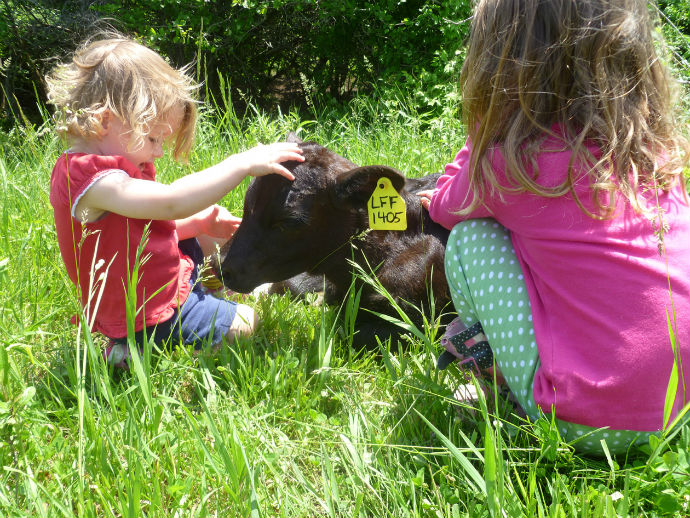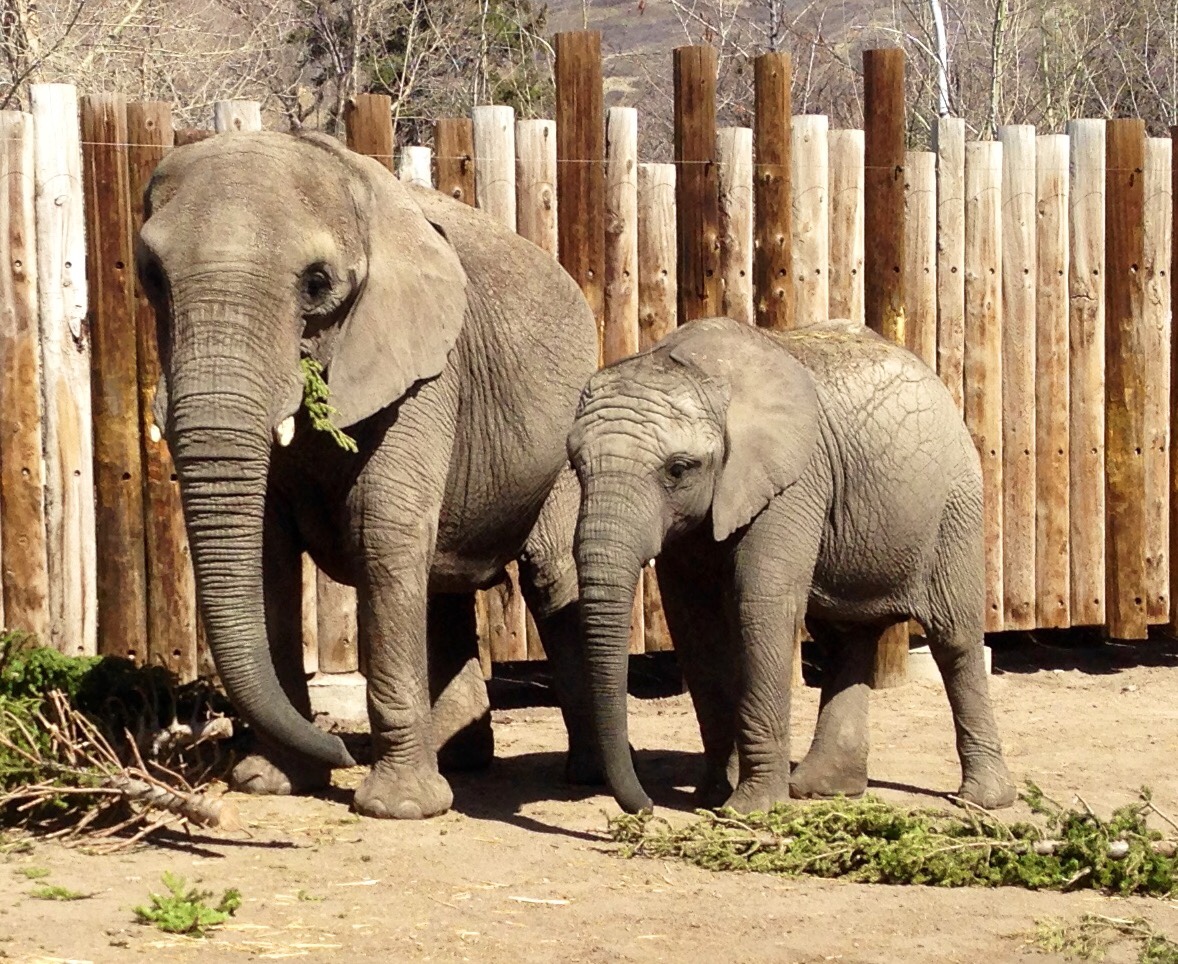News Wrap: Week of October 19th
- October 19, 2015
- By Elisabeth Morgan
Throughout the week we like to tweet #ShareWithKids when we find things we think your students will love (follow us on Twitter @Kids_Discover!) Here are some of our favorites that we’ve saved for Monday mornings. Check back each week for more news in science and social studies, tailored for kids.
14-Year-Old Wins Young Wildlife Photographer of the Year Award #WorldHistory
The London Museum of Natural History announced the winners of the best wildlife photos of the year last week. The winner for the Young Wildlife Photographer of the Year was 14-year-old Ondřej Pelánek, from the Czech Republic. The teen grew up bird-watching with his father, and they recently traveled to Norway to document the war-like behavior of the peculiar looking Ruff bird during mating season.

Millions of Students Took Part in an Earthquake Drill #EarthScience

Last Thursday over 22.5 million participants stopped everything at 10:15 am to practice a Drop, Cover, and Hold-On sequence organized by Shake Out, an organization that educates people on earthquake safety. College students at the University of Southern California went so far as to simulate injuries to practice recuperating after an emergency.
Friday was World Food Day #Nutrition

Every year the US and Canada celebrate World Food Day to raise awareness about how people can help end hunger around the world. This year’s theme was Family Farmers. Families from around the US, Canada, and Africa shared their stories of how they help promote nutrition and sustainable farming in their country. These little girls help take care of the cows and pigs on their family farm in Iowa.
Elephants to the Rescue! #Health

Elephants rarely get cancer, despite their size. Since they have 100 times more cells than humans, we would logically think there would be more opportunity for cancer to arise, but this isn’t the case. Curious about this contradiction, a team of researchers is studying elephant DNA to figure out what makes them so resilient. So far they’ve found that elephant genes produce a lot more of a protein that prevents tumors, and could maybe provide some helpful clues to how fighting cancer in other animals.
Rumors of Alien Life Stem from Kepler Observation #Space
NASA’s Kepler space telescope has observed strange dim streaks near a star 1500 light years away from Earth. The dim spots are so large and irregular that some astronomers have suggested they could indicate alien “megastructures” built to collect energy from the stars. The idea is farfetched, but that doesn’t mean the scientists won’t continue to investigate the star using radio-signals to detect alien technology.

That’s all for this week! We’d love your feedback. Find us on Facebook or Tweet @Kids_Discover.